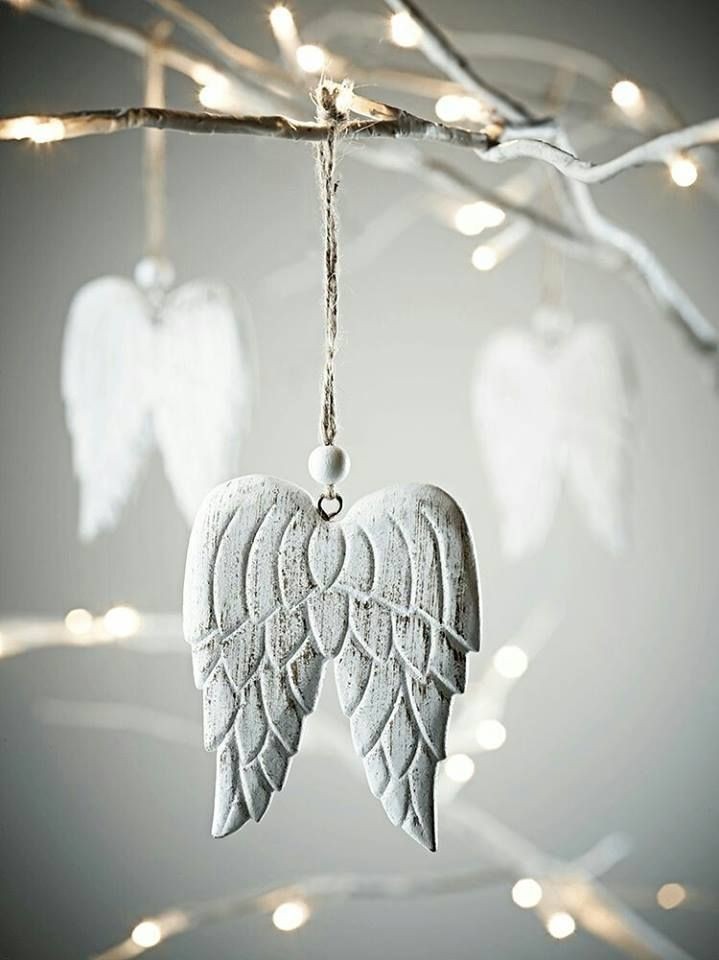Textile Creation: An Exploration of Artistic Healing...
- Koöko Fleurs
- Nov 10, 2023
- 3 min read
Updated: Sep 14, 2024

Textile design is the art of creating patterns and designs on fabric using various techniques such as dyeing, printing, and weaving. It has been used for centuries as a form of expression, from ancient civilizations to modern day fashion designers. But aside from its aesthetic value, textile design has also been proven to have therapeutic benefits, making it an ideal form of art therapy.
So how does textile design serve as a form of art therapy? Let's delve deeper into its benefits and how you can use it to improve your mental well-being.
The Healing Power of Handmade Art
Handmade art has a special quality that sets it apart from mass-produced pieces. With every stitch, thread, and brushstroke carefully done by hand, there is a sense of personal touch and connection to the artist. This personal touch is what makes handmade art such a powerful tool for healing.
Through the process of creating something with your own hands, you are fully present in the moment, allowing your mind to let go of worries and distractions. This is known as mindfulness – the practice of being fully engaged in the present moment. By focusing on the task at hand, you are able to relax your mind and let go of stress and anxiety.
Moreover, handmade art also gives a sense of accomplishment and pride. As you see your creation come to life, you feel a sense of satisfaction and boost in self-esteem. This is especially helpful for individuals who struggle with low self-esteem or feelings of worthlessness.
The Therapeutic Benefits of Textile Design
Now let's take a closer look at how specifically textile design can serve as a form of art therapy.
Stress Relief: The repetitive motions involved in textile design, such as stitching or weaving, can have a calming effect on the mind and body. As you focus on the task at hand, your mind is able to relax and let go of any stress or worries. The rhythmic movements can also induce a meditative state, similar to that of mindfulness practices.
Self-Expression: Textile design allows for endless possibilities in terms of design and color choices, giving individuals the freedom to express themselves in a non-verbal way. This can be especially beneficial for those who struggle to communicate their thoughts and emotions.
Emotional Release: Art has long been used as a form of emotional release, allowing individuals to channel their feelings into a creative outlet. Textile design is no exception – the act of creating something with your hands can serve as a cathartic experience, helping you to process and release any pent-up emotions.
Sense of Accomplishment: As mentioned earlier, creating something with your own hands can give a sense of pride and accomplishment. This can be particularly helpful for individuals who struggle with depression or feelings of worthlessness, as it provides a tangible reminder of their abilities and accomplishments.
How to Use Textile Design as Art Therapy
Now that we have established the benefits of textile design as art therapy, let's explore how you can incorporate it into your self-care routine.
Start with Simple Projects: If you are new to textile design, start with simple projects that don't require too many materials or techniques. This will help you to build confidence and prevent any feelings of frustration or overwhelm.
Choose Materials Mindfully: When selecting materials for your textile design project, pay attention to the textures and colors that appeal to you. The tactile experience of working with different materials can be a therapeutic practice in itself.
Set Aside Time for Your Project: In order to fully reap the benefits of textile design as art therapy, it's important to dedicate a specific time for your project. This will allow you to fully immerse yourself in the process and let go of any distractions or worries.
Don't Focus on Perfection: Remember, the goal of textile design as art therapy is not to create a perfect piece, but rather to find joy and relaxation in the process. Let go of any expectations or self-criticism and allow yourself to enjoy the creative journey.
Experiment and Have Fun: Textile design offers endless possibilities for experimentation and creativity. Don't be afraid to try new techniques or combine different materials – this is your time to let your imagination run wild and have fun with it.
To sum up, textile design is not just about creating beautiful patterns and designs, but also has the power to promote mental well-being through its therapeutic benefits. By incorporating it into your self-care routine, you can find a sense of peace and relaxation amidst the chaos of everyday life. So go ahead, pick up those needles and threads, and let the healing power of textile design guide you towards a healthier mind and soul.











Comments